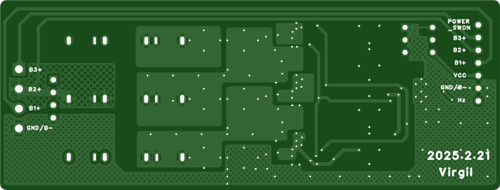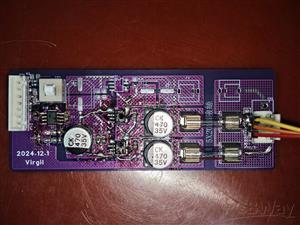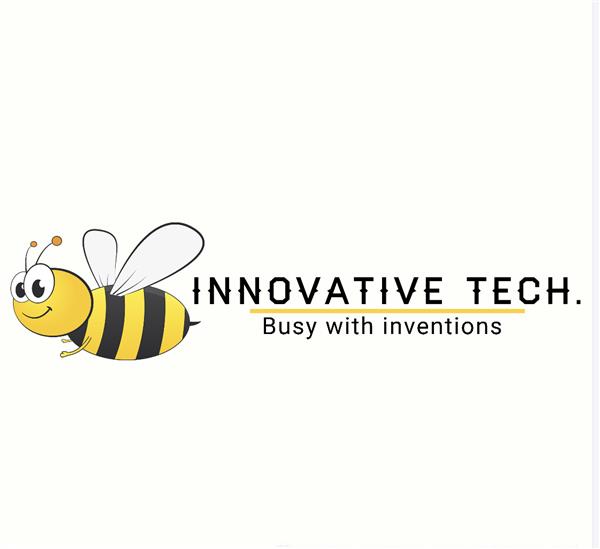|
|
EG2131EG Micro『 』Gate Driver 300V, VSS 25V『 』LCSC
|
x 1 | |
|
|
AO4842ElecSuper(静芯微)
|
x 1 |
Three-string battery balancer
This balancer board can be used for a single battery <25V (limited by EG2131 input voltage <=25V). If powered by Pin.V from the XH2.54 7P connector with 12V to drive it, it depends on the MOS voltage limit. Currently, it uses the AO4842 N MOS, rated at 30V and 7.7A.
The EG2131 can be replaced with the G2025, which can handle a 25V power supply.
The AO4842 can also be replaced with the AO4822, with the current limit increased from 7.7A to 8A.
It can operate completely independently by shorting inHz (which provides frequency) and B3+ to B1+ (the maximum voltage must not exceed 25V). Alternatively, an external MCU can drive and control this board. Since there’s no detection to stop balancing after completion, it doesn’t consume much power anyway. All information can be provided to the MCU via the XH2.54 7P connector.
The current operating frequency is 48kHz. Adjusting C2 can change the frequency, or it can be controlled via an MCU. The EG2131 supports 3.3V GPIO control.
I’m currently using only 12V lead-acid batteries connected in series as storage batteries for a solar system. This balancer can equalize the voltage of two batteries with different lifespans, preventing a single battery from overcharging.
F3 to F1 can use 30mm and 20mm fuse holders. When paired with 20mm fuses, it saves space. Currently, 5A fuses are being used.
A 470µF solid-state capacitor is used, but it’s also compatible with smaller-sized capacitors.
Currently, since B2+ and B1+ supply voltage exceeds 25V, B1+ is shorted for use. In the image, it was tested with 18650 batteries, so B2+ was shorted during testing. The minimum operating voltage is 9V, but the recommended operating voltage for the EG2131 is 11V to 20V.
It hasn’t been used for high-current balancing yet, but after running for over a month, the PCB temperature remains the same as room temperature when touched.
P.S. In version V1.0, G+ and G- were reversed. This was corrected in version V1.1, which also optimized the soldering area with physical traces and improved components that were difficult to solder.
Thank you for your guidance!
Three-string battery balancer
*PCBWay community is a sharing platform. We are not responsible for any design issues and parameter issues (board thickness, surface finish, etc.) you choose.
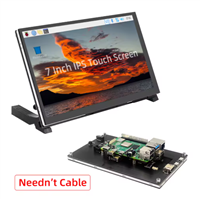
Raspberry Pi 5 7 Inch Touch Screen IPS 1024x600 HD LCD HDMI-compatible Display for RPI 4B 3B+ OPI 5 AIDA64 PC Secondary Screen(Without Speaker)
BUY NOW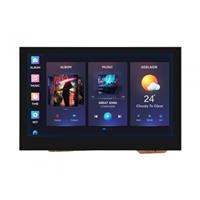
ESP32-S3 4.3inch Capacitive Touch Display Development Board, 800×480, 5-point Touch, 32-bit LX7 Dual-core Processor
BUY NOW
Raspberry Pi 5 7 Inch Touch Screen IPS 1024x600 HD LCD HDMI-compatible Display for RPI 4B 3B+ OPI 5 AIDA64 PC Secondary Screen(Without Speaker)
BUY NOW- Comments(0)
- Likes(0)
 Log in to post comments.
Log in to post comments.
- 0 USER VOTES
- YOUR VOTE 0.00 0.00
- 1
- 2
- 3
- 4
- 5
- 6
- 7
- 8
- 9
- 10
- 1
- 2
- 3
- 4
- 5
- 6
- 7
- 8
- 9
- 10
- 1
- 2
- 3
- 4
- 5
- 6
- 7
- 8
- 9
- 10
- 1
- 2
- 3
- 4
- 5
- 6
- 7
- 8
- 9
- 10
 More by Virgil LI
More by Virgil LI
-
-
-
Modifying a Hotplate to a Reflow Solder Station
557 1 5 -
MPL3115A2 Barometric Pressure, Altitude, and Temperature Sensor
326 0 1 -
-
Nintendo 64DD Replacement Shell
306 0 1 -
V2 Commodore AMIGA USB-C Power Sink Delivery High Efficiency Supply Triple Output 5V ±12V OLED display ATARI compatible shark 100W
797 4 2 -
How to measure weight with Load Cell and HX711
567 0 3






